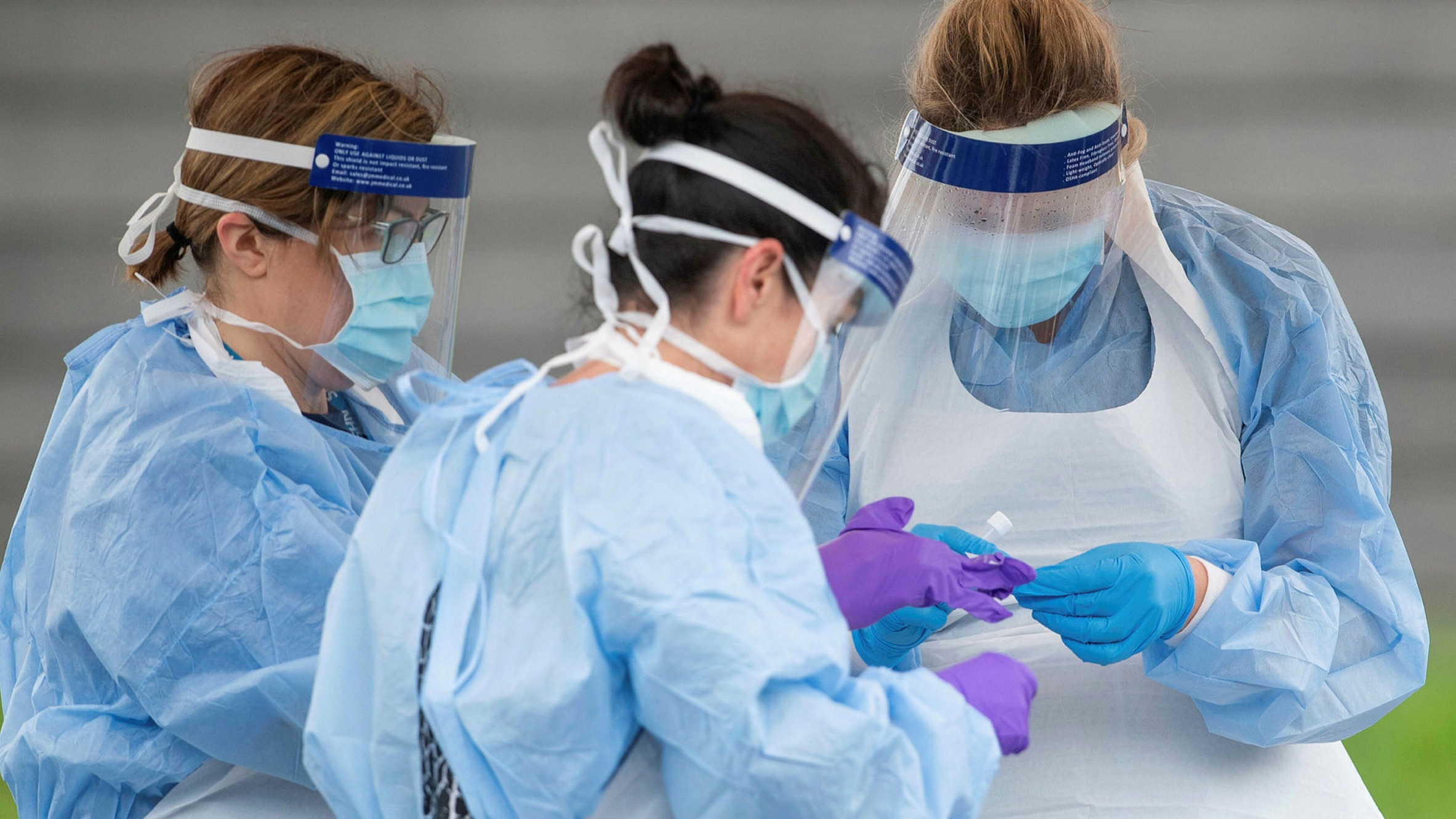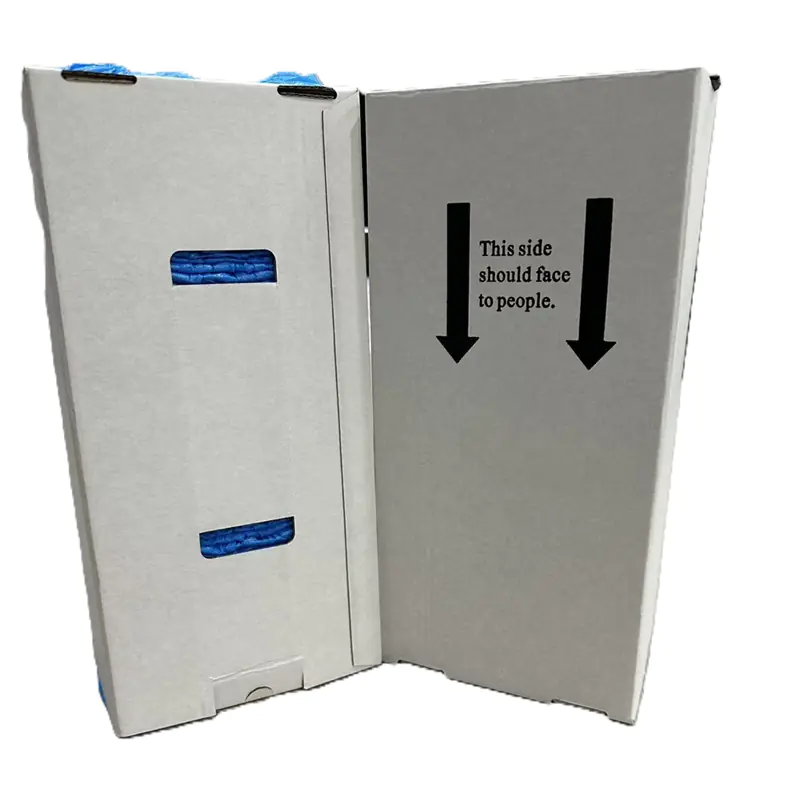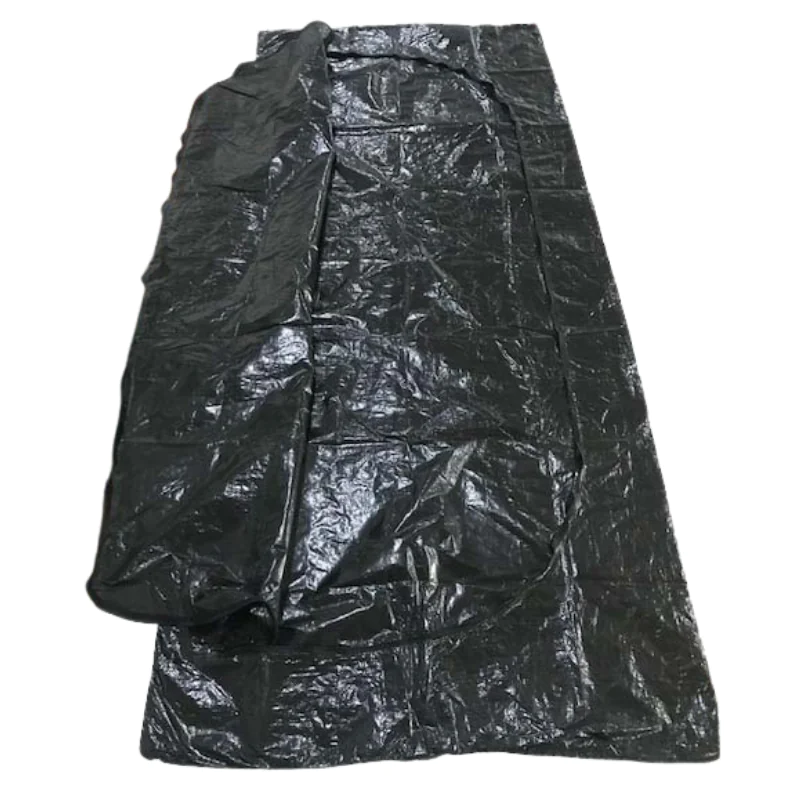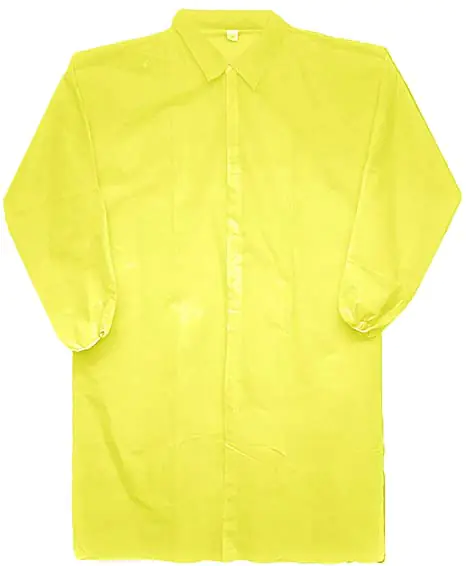A gown and an apron both protect clothes and skin. But they are not the same. The main difference is coverage and design. A gown covers your front, back, and arms. An apron covers only the front of your body. You choose a gown or an apron based on task, fluid risk, and comfort.
What is a gown?
A gown is a full-body cover. It has long sleeves and a back closure. Most styles have knit cuffs or elastic cuffs at the wrists. Some isolation gowns add thumb loops to help sleeves stay inside gloves. The neck closes with ties or a quick tab. Waist ties hold it in place. A gown shields the chest, belly, sleeves, and most of the back.
- Common materials: PP non woven, SMS/SMMS, PP+PE laminated, and microporous film.
- Core features: fluid resistant or impervious front, neat seams, low lint, and simple donning and doffing.
- Common types: isolation gown, surgical gown, and patient gown.
- Typical use: healthcare, dental, lab, and any high fluid or splash work.
For stronger front protection, see these options:
- Fluid resistant PE isolation gowns: fluid resistant PE isolation gowns
- A breathable theater choice: Disposable SMS surgical gown

What is an apron?
An apron is a front-only cover. It is sleeveless with a neck loop and waist ties. You wear it over your shirt or scrubs. It guards the front torso from water, oil, grease, food soil, and light chemicals. It does not cover the back or arms. This makes it lightweight, cool, and easy to move in.
- Common materials: PE, CPE, non woven PP, and microporous film.
- Core features: simple waterproof film or soft breathable non woven, fast to put on, single use.
- Common types: plastic apron, CPE apron, non woven apron, and extra thick medical styles.
- Typical use: food processing, food service, cleaning, janitorial, beauty, and tattoo studios.
Popular apron picks:
- Waterproof front cover: waterproof disposable plastic PE apron
- Soft, airy cover: Disposable non woven apron

Key differences between gown and apron
- Coverage
- A gown covers the front, back, and arms.
- An apron covers only the front torso and lap.
- Sleeves
- A gown has long sleeves with knit cuffs or thumb loops.
- An apron is sleeveless and leaves arms open.
- Closure
- A gown ties or tabs at the neck and waist with a back closure.
- An apron has a neck loop and waist ties, with an open back.
- Fluid barrier
- A gown offers a higher fluid resistant or impervious front and sleeves for high fluid work.
- An apron gives a waterproof or splash barrier for the front only.
- Breathability and heat
- A gown can feel warmer due to full coverage, but SMS and microporous help airflow.
- An apron is cooler and lightweight, with more airflow at sides and arms.
- Fit and movement
- A gown is more secure in wind or heavy motion and keeps sleeves clean.
- An apron allows very free arm movement and quick on/off.
- Use time
- A gown suits long tasks and high splash jobs.
- An apron suits short to medium tasks with lower splash risk.
- Cost and waste
- A gown uses more material and costs more per piece.
- An apron uses less material and is low cost for single use.
When to choose a gown
Pick a gown when you need more coverage and a stronger fluid barrier.
- Healthcare and medical: patient care, triage, procedures, surgery, wound care, dental scaling, and lab mixing.
- High fluid tasks: suction, irrigate, spray, or when splatter can reach arms and sides.
- Infection control: when full front and back coverage helps reduce cross-contamination.
- Visitor control: when guests must follow hygiene rules with full cover.
A quick path to a good barrier is a PE isolation gown. For long wear with airflow, a SMS style is great.

When to choose an apron
Pick an apron when you need fast front protection and easy movement.
- Food processing and food service: meat, fish, poultry, produce, dish room, and prep lines.
- Cleaning and janitorial: detergent splash, sanitizer wipe-downs, and spill control.
- Beauty, hair, and tattoo: color, bleach, lotions, inks, and tool cleanups.
- Education and care: arts and crafts, feeding, and light household tasks.
For wet zones, use PE or CPE film. For comfort-first rooms, use non woven. For extra front strength in medical areas, try an extra thick apron for medical use.
Materials and construction
- Gown fabrics
- PP non woven: light and low lint.
- SMS/SMMS: stronger, more breathable.
- PP+PE laminated: impervious front panel.
- Microporous: breathable and waterproof balance.
- Common details: knit cuffs, thumb loops, back closure, waist ties, raglan sleeves for reach.
- Apron fabrics
- PE and CPE film: waterproof and oil resistant.
- Non woven: soft, breathable, low lint.
- Microporous film: splash control with airflow.
- Common details: neck loop, waist ties, smooth or light texture, color options for color coding.
Tasks and examples
- High splash procedures
- Best: isolation gown or surgical gown with strong front panel.
- Why: sleeves and front need fluid resistant coverage to stop strike-through.
- Food prep and wash
- Best: plastic apron with waterproof film.
- Why: fast on/off, front oil and water block, cool to wear.
- General cleaning
- Best: apron for light spray, or a gown for big splashes and spray.
- Why: match barrier to your fluid risk.
- Tattoo and beauty
- Best: plastic apron for inks, or non woven apron for comfort.
- Why: front-only soil with long sit/stand times.
For food rooms that need strong front film and easy wipe, see the Disposable Plastic Apron for Food Processing Industry.
Donning, doffing, and hygiene
- Gown donning
- Wash hands. Put arms in the sleeves. Close the neck. Tie the waist ties. Place gloves over the cuffs or use thumb loops.
- Gown doffing
- Break waist ties and neck tie. Pull away from the neck and roll the outside in. Remove gloves last. Dispose after one time use.
- Apron donning
- Wash hands. Place the neck loop. Tie the waist ties behind you. Smooth the front.
- Apron doffing
- Break the ties. Peel down and roll the outside in. Dispose after single use.
Change your gown or apron if it is soiled, torn, or after a zone change. This helps stop cross-contamination.

How to choose: a quick guide
- Pick a gown if:
- You face high fluid or spray risk.
- Your arms need sleeve protection.
- You need back coverage and a firm back closure.
- You want fluid resistant or impervious panels.
- Pick an apron if:
- You need fast front protection.
- You want lightweight and cool wear.
- Your work has low to medium splash risk.
- You change covers many times per shift.
Bottom line
การ difference between gown and apron comes down to coverage, sleeves, and fluid barrier. A gown is a full cover with long sleeves, back closure, and strong front and sleeve protection. An apron is a sleeveless, front-only shield with a neck loop and waist ties. Use a gown for high fluid work and infection control. Use an apron for food processing, food service, cleaning, and many light splash jobs. Choose the material, thickness, and length that match your task. For easy shopping, compare a waterproof film apron with a SMS or PE isolation gown to see the fit, breathability, and barrier you need.











